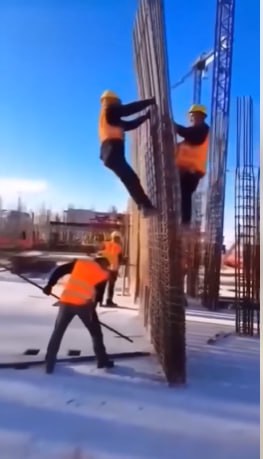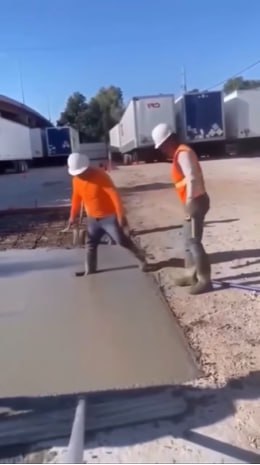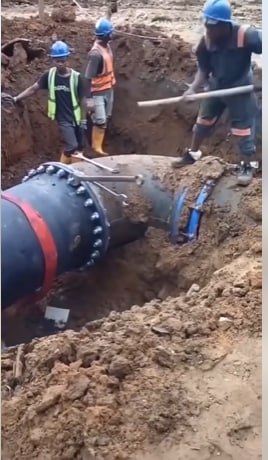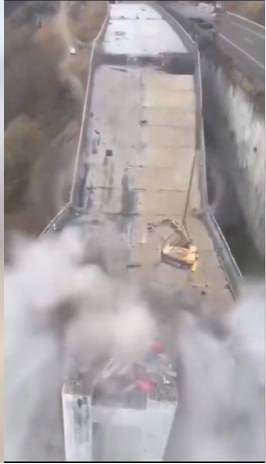Construction projects are vital for infrastructure development and urban growth, but they also come with inherent risks and challenges. Understanding common incidents that occur on construction sites is crucial for improving safety protocols and minimizing accidents. This article explores frequent incidents in construction, their causes, and potential safety measures.

1. Falls from Heights
One of the most common incidents in construction is falls from heights. Workers often operate on scaffolding, ladders, and rooftops, making them vulnerable to accidents. The leading causes of these falls include:

- Inadequate safety measures: Lack of guardrails or safety harnesses.
- Improper ladder use: Unstable ladders or misuse can lead to falls.
- Environmental factors: Slippery surfaces due to rain or spills.
Safety Measures


- Implementing comprehensive fall protection programs.
- Regularly inspecting scaffolding and ladders for safety compliance.
- Training workers on safe practices and the use of personal protective equipment (PPE).
2. Struck-by Incidents

“Struck-by” incidents involve workers being hit by moving objects, such as machinery, tools, or materials. These incidents can lead to severe injuries or fatalities. Common causes include:
- Poor communication: Lack of signals or warnings when heavy machinery is in operation.
- Improper storage: Tools or materials not stored securely can fall unexpectedly.
- Inadequate visibility: Blind spots around construction vehicles can lead to accidents.
Safety Measures

- Enhancing communication through the use of radios or hand signals.
- Implementing designated storage areas for tools and materials.
- Utilizing spotters when operating machinery in congested areas.
3. Electrical Hazards

Construction sites often involve various electrical systems, posing significant risks. Common electrical incidents include electrocutions, electric shocks, and fires. Causes of these incidents can include:
- Improper wiring: Faulty or exposed wires can lead to accidents.
- Lack of training: Workers unaware of electrical hazards may not take necessary precautions.
- Inadequate grounding: Equipment not properly grounded can lead to electrocution.
Safety Measures
- Conducting regular electrical safety audits.
- Providing workers with proper training on handling electrical equipment.
- Ensuring all tools and equipment meet safety standards.
4. Trench and Excavation Collapses
Excavation and trench work are critical for many construction projects, but they pose serious risks of collapses. Causes of trench incidents include:
- Lack of protective systems: Not using trench boxes or shoring systems.
- Poor soil conditions: Unstable soil can lead to sudden collapses.
- Inadequate training: Workers unfamiliar with trench safety protocols.
Safety Measures
- Implementing trench safety programs and regular inspections.
- Utilizing protective systems for all excavation work.
- Training workers on recognizing and mitigating hazards.
5. Machine-Related Incidents
Heavy machinery is essential in construction, but it also contributes to many accidents. Common machine-related incidents include injuries from moving parts, rollovers, and operator errors. Causes include:
- Inadequate training: Operators lacking proper training may misuse machinery.
- Mechanical failures: Poor maintenance can lead to equipment malfunctions.
- Distractions: Operators distracted by conversations or mobile devices can lose focus.
Safety Measures
- Providing thorough training and certification for all machine operators.
- Establishing regular maintenance schedules for machinery.
- Implementing strict no-distraction policies on site.
Conclusion
Construction sites are inherently risky environments, but understanding common incidents can help improve safety practices. By implementing comprehensive training, safety measures, and regular inspections, construction companies can significantly reduce the likelihood of accidents. Prioritizing worker safety not only protects lives but also enhances productivity and efficiency on construction projects.